XRP bulls returned on April 9 following a three-day decline, pulling the price up from lows of $1.72. The recovery gained steam over the next two sessions, with XRP posting back-to-back daily gains and reaching an intraday high of $2.24 in today’s trading.
However, the rally seems to be encountering resistance at the daily simple moving average (SMA 50), which is currently at $2.25. This technical barrier is acting as the first major hurdle for bulls in the current uptrend attempt.
XRP’s daily SMA 50 is a widely watched indicator by traders and analysts. This key level is crucial as it has acted as former support and has now turned to resistance in XRP’s current cycle.
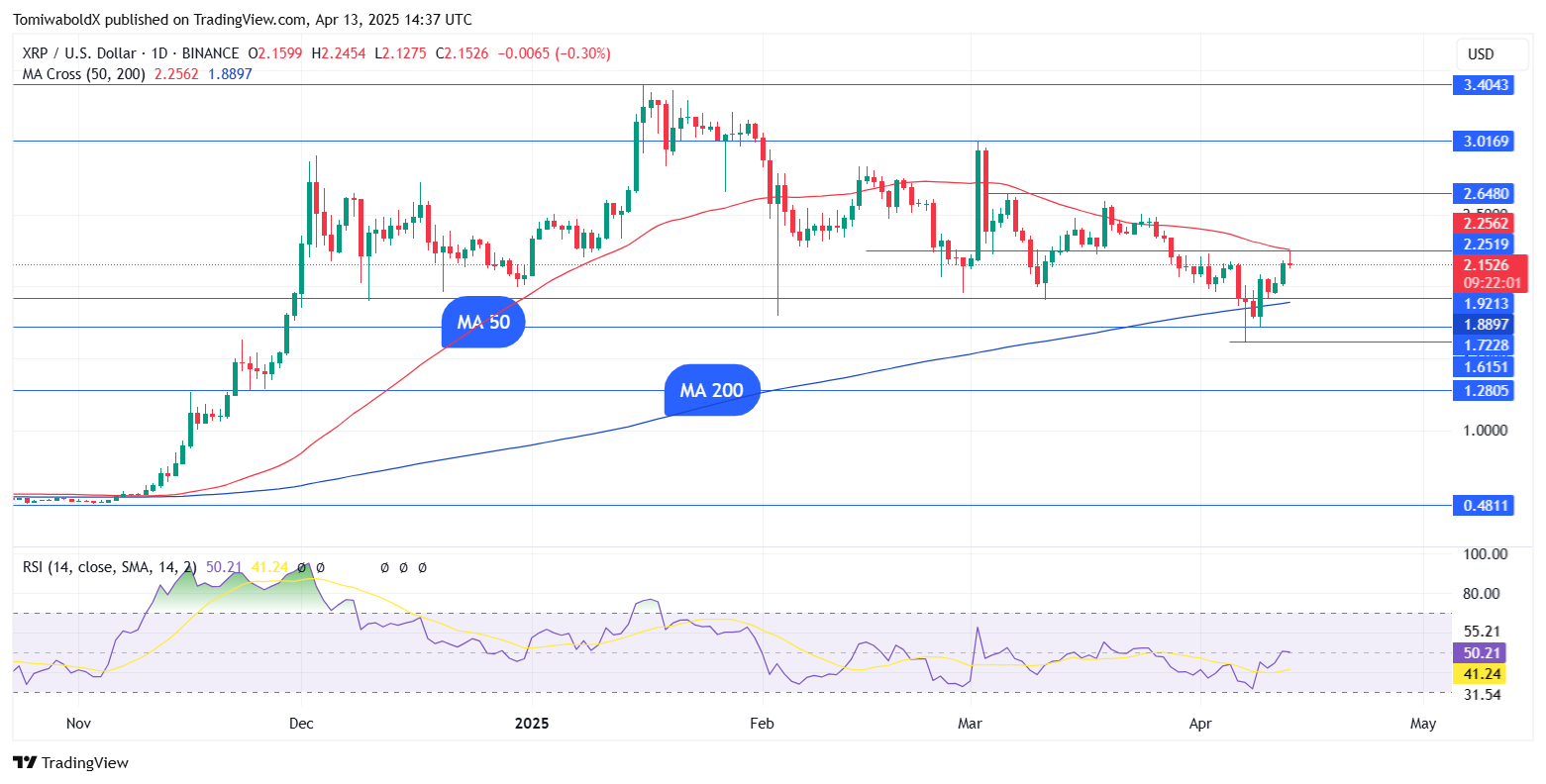
For XRP to continue its upward trend, a decisive break and close above $2.25, which is the daily SMA 50, is crucial. This might lead to a retest of stronger resistance levels at $2.6 and, eventually, $3.
As it is, bulls are being tested not just by resistance levels but also by market-wide caution, as crypto traders weigh macroeconomic factors and risk sentiment.
If XRP fails to break above the 50-day SMA, it may experience a drop, potentially retesting the $2.00 level. A further dip might land on the daily SMA 200 at $1.88 or even the recent low of $1.72.
XRP tops trading volume on Upbit
XRP presently leads trading volumes on Upbit, South Korea’s largest cryptocurrency exchange, consolidating its position as one of the region’s most actively traded digital assets.
According to CoinMarketCap data, XRP topped major cryptocurrencies, including Bitcoin and Solana, in trading volume on Upbit, indicating fresh interest from Korean traders. This surge in volume coincides with increased volatility in the broader crypto market.
The first XRP ETF in the United States debuted successfully last week, generating $5 million in volume. Teucrium’s 2x Long Daily XRP ETF launched with $5 million in trading volume, placing it in the top 5% of all new ETF launches. The ETF seeks to deliver twice the daily returns of XRP through swap agreements, utilizing European exchange-traded products as reference rates.






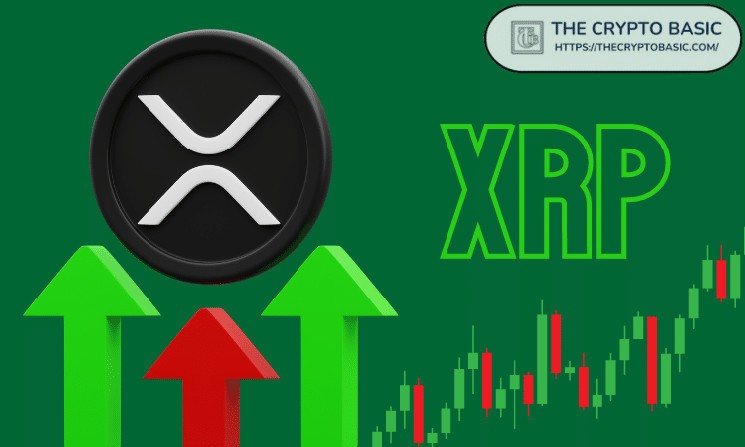
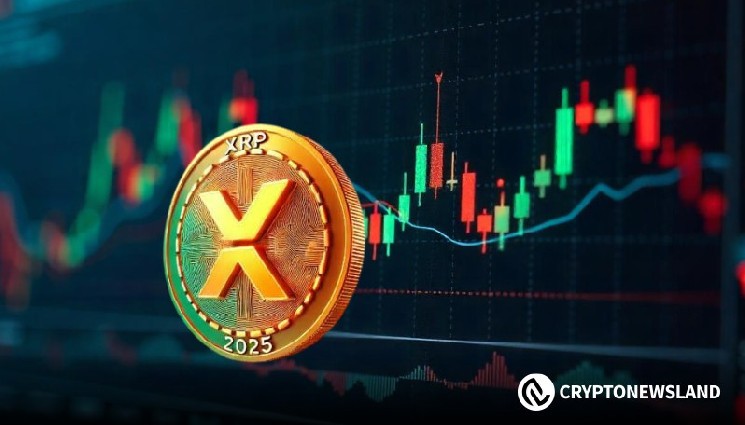

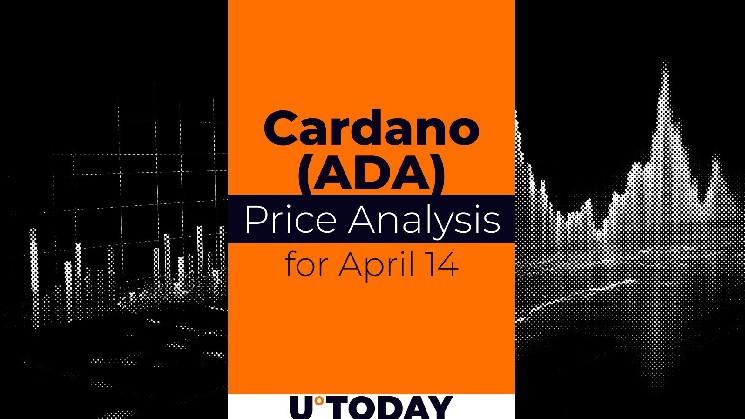
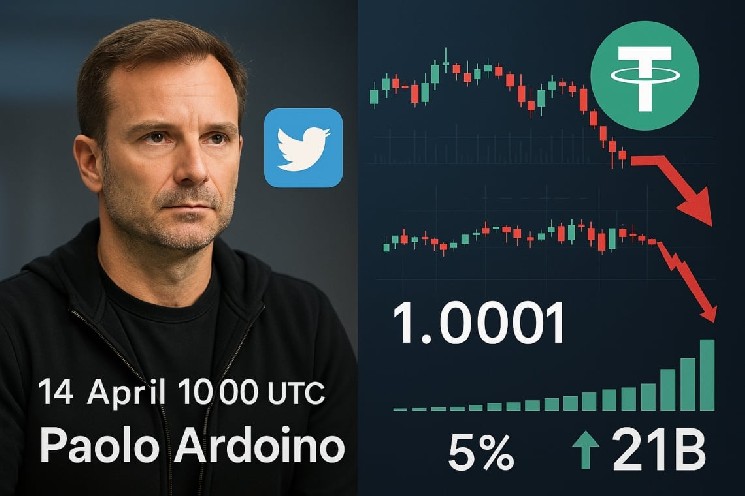
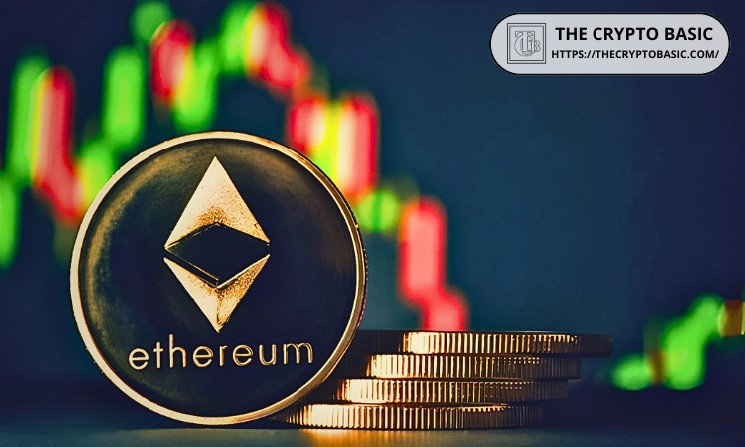


Leave a Reply